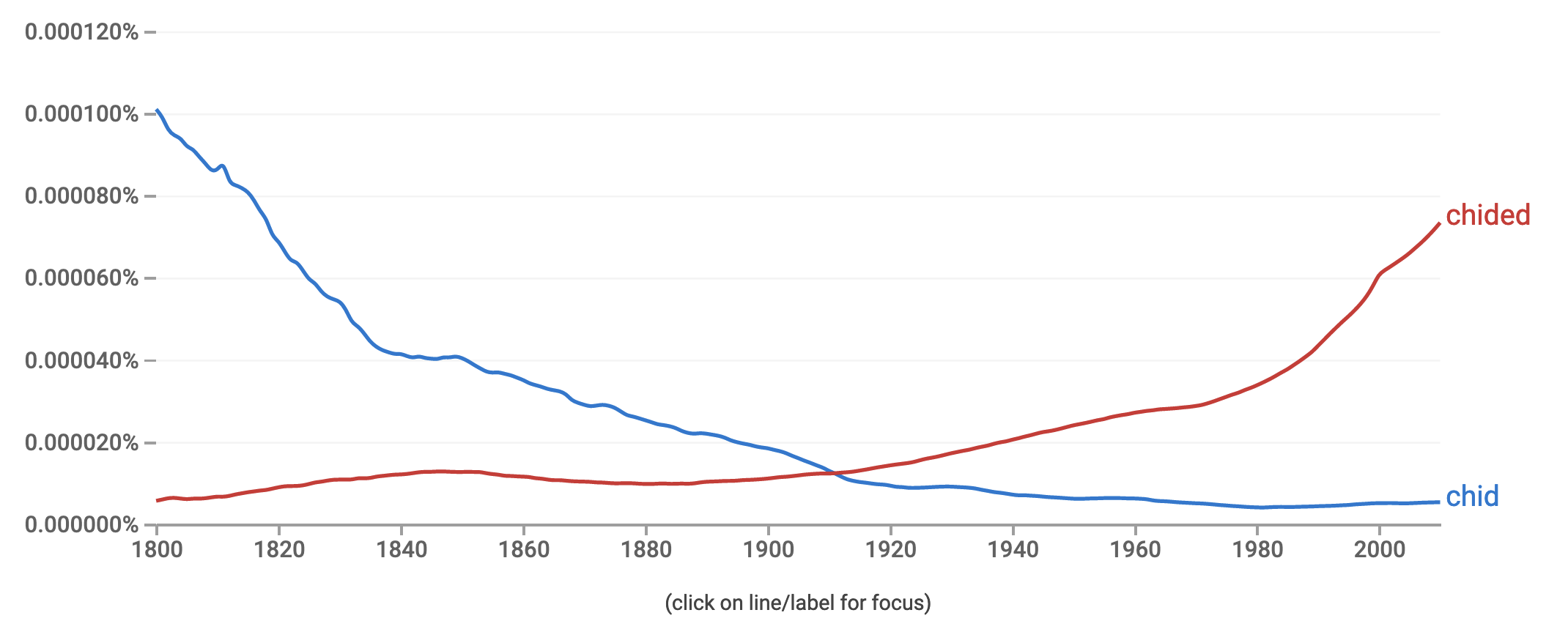To understand exactly what we mean by cultural evolution, first we need to define ‘culture’ and ‘evolution’.
What is culture?
When we use the term culture we don’t mean art, opera and novels like you find in the ‘Culture’ section of a newspaper. We mean something much broader. We define culture as any information that is passed from one individual to another via social learning, rather than genetically. Social learning (aka cultural transmission) can take the form of observation and imitation, spoken or written language, or teaching.
Culture therefore encompasses all of the knowledge, ideas, attitudes, opinions, languages, norms, institutions, music, art and technology that people learn from other people. Culture in this sense is not limited to humans. For example, chimpanzees have culture when they learn how to crack nuts by watching other chimpanzees, while birds and whales have culture when they learn songs from other members of their species.
What is evolution?
Charles Darwin is celebrated because he came up with the first workable theory of evolution. In The Origin of Species, Darwin laid out three key principles for evolution: variation, inheritance and selection. He applied these three principles to biological organisms. First, there is variation amongst individuals. For example, different finches might have differently shaped beaks. Second, this variation is inherited genetically. For example, a finch’s beak shape resembles that of its parents because of the transmission of genes. And third, there is sometimes selection of certain variants. For example, finches with larger beaks might out-reproduce smaller-beaked finches when a drought reduces the availability of smaller seeds in the environment.
Over time, this process leads to adaptation, as organisms become better suited to their environments, and diversification into different species, as different environments favour different forms. For example, some finches might evolve large beaks to open nuts and other finches evolve small beaks to feed on insects. Eventually the two populations might become different species. Darwin therefore saw evolution as tree-like, with different forms diversifying over time. Evolution is not progress along a linear ladder of increasing complexity or perfection.
What is cultural evolution?
Combining these two concepts gives us cultural evolution. When cultural information varies, when it is inherited via social learning, and when sometimes certain cultural variants spread more effectively than others, then we can say that culture evolves.
For example, say there are different forms of the past tense of the verb ‘to chide’ (principle of variation). Some people say ‘chid’, others say ‘chided’. These forms are socially transmitted as people hear others say one or the other form and copy it (principle of inheritance). Then imagine that the regular form ‘chided’ is easier to remember than the irregular form ‘chid’ (principle of selection). Then the regular form ‘chided’ spreads over time. This is cultural evolution.

'chided', the regular past tense form of the verb 'to chide', has increased in frequency in literature over the last 200 years, while the irregular past tense form 'chid' has decreased. Source: Google ngrams.
Over time cultural evolution leads to adaptation, as cultural traits come to fit their environments (which can be physical, psychological or social), and diversification, as different populations converge on different cultural adaptations. Languages, for example, diversify over time in a broadly tree-like fashion to create diverse language families. English, French, Hindi and Bengali are all related by descent from a common Indo-European ancestor that existed around 8000-9000 years ago. Following biologists, we call these trees cultural phylogenies.
Just like genetic evolution, cultural evolution does not involve progress up a ladder. There is no sense in which entire societies are ‘more evolved’ or ‘less evolved’ than other societies, just like one species cannot be ‘more evolved’ or ‘less evolved’ than another species.
And just like in genetic evolution, not all cultural change is due to selection. Culture can change due to random chance or population structures such as bottlenecks. This is called cultural drift, analogous to genetic drift. Or migration and mutation can bring new cultural traits into a population, just as it brings in new genes.
Similar but different
So far, we have focused on the similarities between genetic and cultural evolution. But there are also important differences. Here are a few:
– in humans, genetic information flows from parents to children. Cultural inheritance has many more pathways. We get our culture not just from our parents but also from our peers, teachers, books, the internet and so on.
– genes are inherited with very high fidelity, whereas cultural traits are often transformed and reconstructed as they are passed from person to person.
– genetic mutation is undirected, whereas cultural innovation is often directed towards specific goals.
– cultural evolution features transmission biases such as conformity (following the majority) and prestige bias (copying high status individuals) which are absent in genetic evolution.
Models, experiments and analyses of cultural evolution often incorporate these and other differences.
Many methods, many disciplines
Because our concept of culture is so broad, cultural evolution research encompasses many academic disciplines, including anthropology, archaeology, biology, computer science, economics, ethology, history, linguistics, neuroscience, politics, psychology and sociology. We also use many methods, including mathematical and computer models, lab and field experiments, ethnographic fieldwork, and historical and archaeological analyses.
As such, cultural evolution research is highly interdisciplinary and often draws on multiple methods to tackle the same problem. Just as evolutionary theory synthesised the biological sciences in the mid-20th century, so too we hope it might synthesise the social sciences and humanities.
Websites by Alberon.
© 2025 Cultural Evolution Society